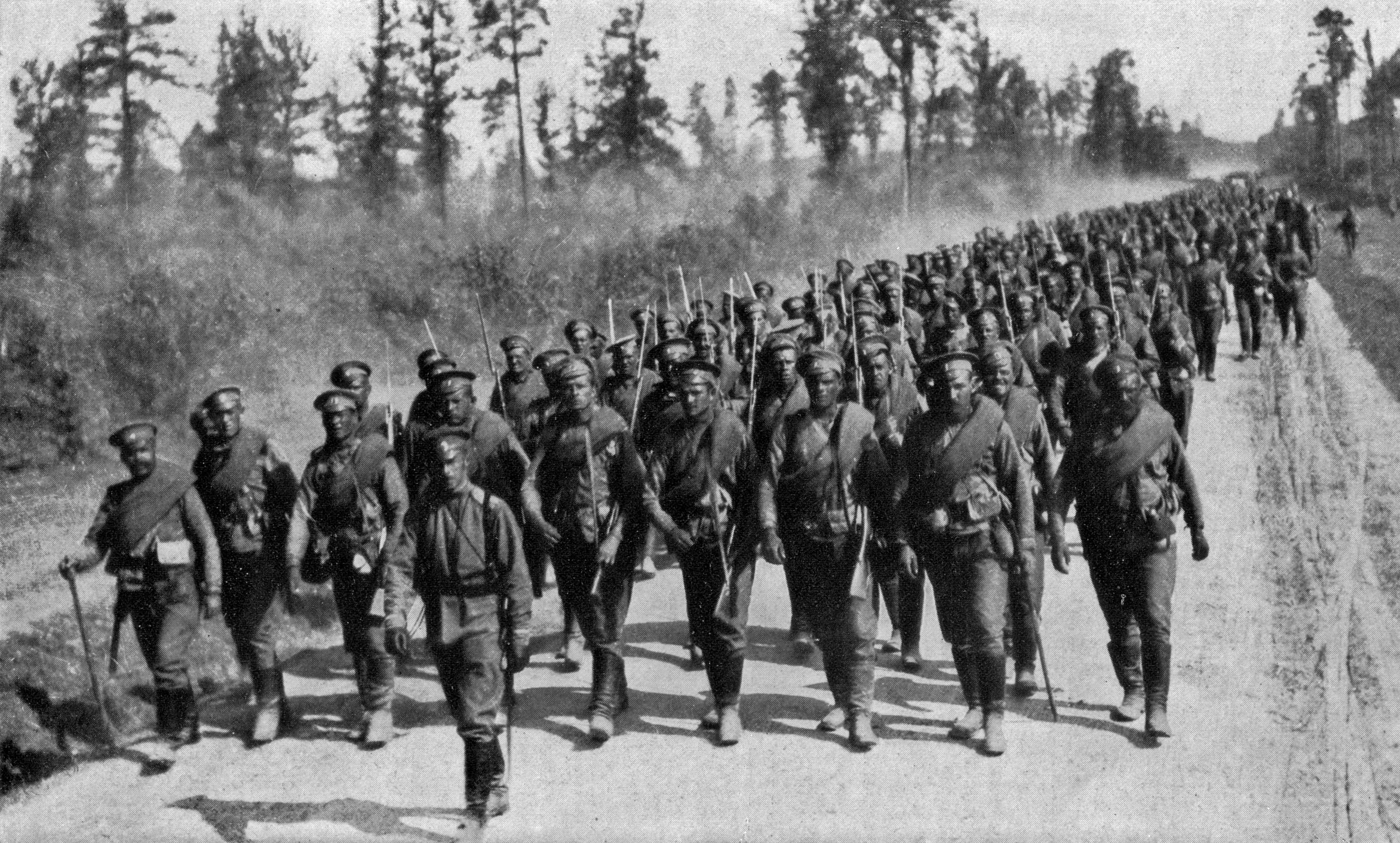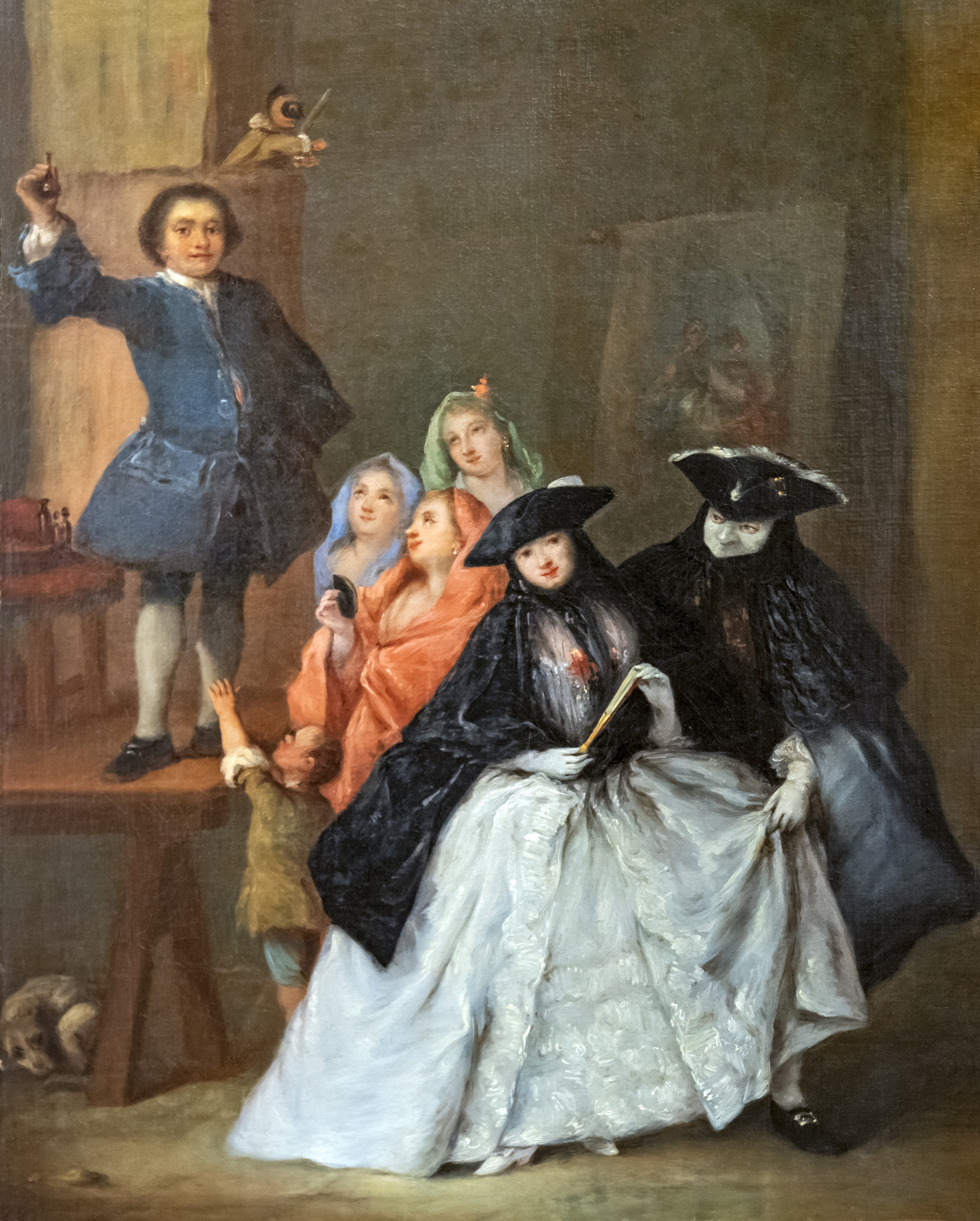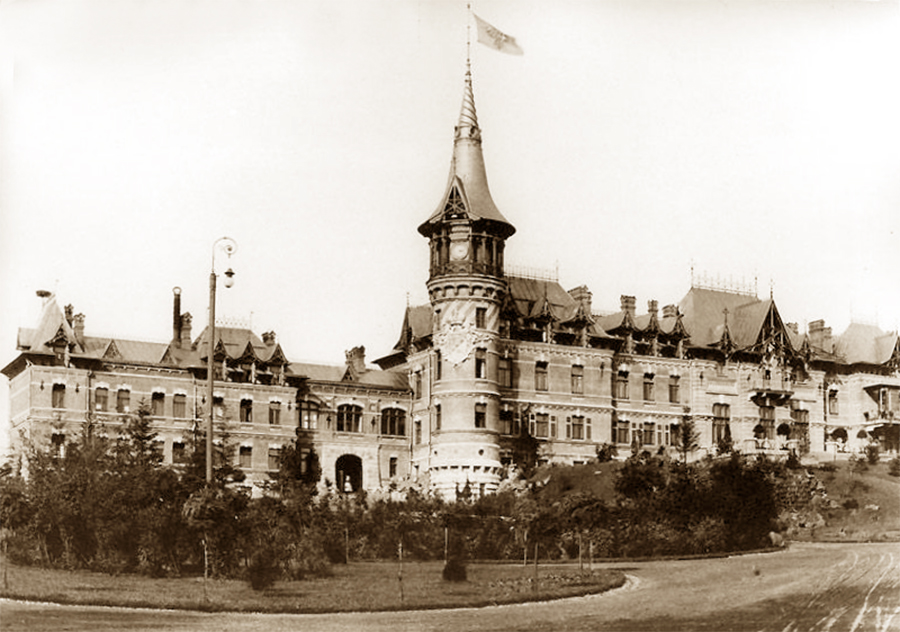|
Grigori Rasputin
Grigori Yefimovich Rasputin ( – ) was a Russian Mysticism, mystic and faith healer. He is best known for having befriended the imperial family of Nicholas II of Russia, Nicholas II, the last Emperor of all the Russias, Emperor of Russia, through whom he gained considerable influence in the final years of the Russian Empire. Rasputin was born to a family of peasants in the Siberian village of Pokrovskoye, Tyumen Oblast, Pokrovskoye, located within Tyumensky Uyezd in Tobolsk Governorate (present-day Yarkovsky District in Tyumen Oblast). He had a religious conversion experience after embarking on a pilgrimage to a monastery in 1897 and has been described as a monk or as a ''strannik'' (wanderer or pilgrim), though he held no official position in the Russian Orthodox Church. In 1903 or in the winter of 1904–1905, he travelled to Saint Petersburg and captivated a number of religious and social leaders, eventually becoming a prominent figure in Russian society. In November 1905, ... [...More Info...] [...Related Items...] OR: [Wikipedia] [Google] [Baidu] |
Pokrovskoye, Tyumen Oblast
Pokrovskoye () is a village in Yarkovsky District, Tyumen Oblast, Russia. It is known as the birthplace of Grigori Rasputin, and it has a museum dedicated to him (formerly the house that Rasputin owned in the village). Climate Pokrovskoye has a typical southern Siberian humid continental climate (Köppen: Dfb), bordering on a subarctic climate The subarctic climate (also called subpolar climate, or boreal climate) is a continental climate with long, cold (often very cold) winters, and short, warm to cool summers. It is found on large landmasses, often away from the moderating effects of ... (Köppen: Dfc). References Grigori Rasputin Rural localities in Tyumen Oblast Tyumensky Uyezd Yarkovsky District {{TyumenOblast-geo-stub ... [...More Info...] [...Related Items...] OR: [Wikipedia] [Google] [Baidu] |
Strannik
In the history of Russian Orthodox religion the tradition of wandering (, ''strannichestvo'') was a special way of life, a form of piety, devotion, and the search of God, which consisted in rejecting the earthly ways of life. A person was called ''странник'', ''strannik'', literally "wanderer". It is similar to the concept of Christian pilgrimage, (Christian) pilgrimage and often is translated in English with this term. However, in Russian language pilgrimage is denoted by a different word: (, palomnichestvo). The major distinction is that pilgrimage has a finite goal: a visit of some holy place, while ''strannichectvo'' is the wandering way of life. It should be distinguished from aimless wandering, or wandering of the poor, vagrancy. For the purpose of this distinction, the terms "spiritual wandering" and "holy wanderer" were used. History ''Strannichestvo'' did evolve from the Christian tradition of pilgrimage. Some pilgrims carried out pilgrimage into several place ... [...More Info...] [...Related Items...] OR: [Wikipedia] [Google] [Baidu] |
Raspoutine Et Ses Enfants
Raspoutine may refer to: * Grigori Rasputin Grigori Yefimovich Rasputin ( – ) was a Russian Mysticism, mystic and faith healer. He is best known for having befriended the imperial family of Nicholas II of Russia, Nicholas II, the last Emperor of all the Russias, Emperor of Russia, th ... * ''Rasputin'' (1954 film), a 1954 French-Italian historical drama film * ''Raspoutine'' (2011 film), a Franco-Russian historical film See also * Rasputin (other) {{disambiguation ... [...More Info...] [...Related Items...] OR: [Wikipedia] [Google] [Baidu] |
Village Of Pokrovskoe On The Tura River
A village is a human settlement or community, larger than a hamlet but smaller than a town with a population typically ranging from a few hundred to a few thousand. Although villages are often located in rural areas, the term urban village is also applied to certain urban neighborhoods. Villages are normally permanent, with fixed dwellings; however, transient villages can occur. Further, the dwellings of a village are fairly close to one another, not scattered broadly over the landscape, as a dispersed settlement. In the past, villages were a usual form of community for societies that practice subsistence agriculture and also for some non-agricultural societies. In Great Britain, a hamlet earned the right to be called a village when it built a church.-4; we might wonder whether there's a point at which it's appropriate to talk of the beginnings of French, that is, when it wa ... ''village'', from Latin ''villāticus'', ultimately from Latin ''villa'' (English ''villa''). Ce ... [...More Info...] [...Related Items...] OR: [Wikipedia] [Google] [Baidu] |
Grigori Rasputin In Popular Culture
The life of the notorious Russian mystic Grigori Rasputin has been the subject of a variety of media since his death in 1916. Films Historical fiction Films that aim to be historically accurate. * Within nine months of Rasputin's murder, two low budget silent films about Rasputin were released in September 1917. Producer-director Herbert Brenon released ''The Fall of the Romanoffs'', while producer William A. Brady released ''Rasputin, the Black Monk''. Rasputin was played by Edward Connelly in the former and Montagu Love in the latter. *''Rasputin,'' a 1917 silent film released by Worldart Films and directed by Max Neufeld, Max Neufield. Re-released in 1929 as ''Rasputin, the Holy Sinner.'' *''Rasputin,'' a 1929 silent film with synchronised sound effects. Produced by Momento Film Company and directed by Nikolai Larin. The titular character portrayed by Gregori Chmara. *''Rasputin, the Holy Sinner, Rasputin, The Holy Sinner,'' a 1928 German film produced and directed by Martin ... [...More Info...] [...Related Items...] OR: [Wikipedia] [Google] [Baidu] |
House Of Romanov
The House of Romanov (also transliterated as Romanoff; , ) was the reigning dynasty, imperial house of Russia from 1613 to 1917. They achieved prominence after Anastasia Romanovna married Ivan the Terrible, the first crowned tsar of all Russia. Nicholas II of Russia, Nicholas II, the last Emperor of Russia, and his immediate family were Murder of the Romanov family, executed in 1918, but there are still living descendants of other members of the imperial house. The house consisted of boyars in Russia (the highest rank in the Russian nobility at the time) under the reigning Rurik dynasty, which became extinct upon the death of Feodor I of Russia, Feodor I in 1598. The Time of Troubles, caused by the resulting succession crisis, saw several pretenders and False Dmitry, imposters lay claim to the Russian throne during the Polish–Muscovite War (1605–1618), Polish-Lithuanian occupation. On 21 February 1613, the Zemsky Sobor elected Michael I of Russia, Michael Romanov as tsar, ... [...More Info...] [...Related Items...] OR: [Wikipedia] [Google] [Baidu] |
Eastern Front (World War I)
The Eastern Front or Eastern Theater, of World War I, was a theater (warfare), theater of operations that encompassed at its greatest extent the entire frontier between Russian Empire, Russia and Kingdom of Romania, Romania on one side and Austria-Hungary, Kingdom of Bulgaria, Bulgaria, the Ottoman Empire, and German Empire, Germany on the other. It ranged from the Baltic Sea in the north to the Black Sea in the south, involved most of Eastern Europe, and stretched deep into Central Europe. The term contrasts with the Western Front (World War I), Western Front, which was being fought in Belgium and French Third Republic, France. Unlike the static warfare on the Western Front, the fighting on the geographically larger Eastern Front was maneuver warfare, more dynamic, often involving the flanking and encirclement of entire formations, and resulted in over 100,000 square miles of territory becoming occupied by a foreign power. At the start of the war Russia launched offensives agai ... [...More Info...] [...Related Items...] OR: [Wikipedia] [Google] [Baidu] |
World War I
World War I or the First World War (28 July 1914 – 11 November 1918), also known as the Great War, was a World war, global conflict between two coalitions: the Allies of World War I, Allies (or Entente) and the Central Powers. Fighting took place mainly in European theatre of World War I, Europe and the Middle Eastern theatre of World War I, Middle East, as well as in parts of African theatre of World War I, Africa and the Asian and Pacific theatre of World War I, Asia-Pacific, and in Europe was characterised by trench warfare; the widespread use of Artillery of World War I, artillery, machine guns, and Chemical weapons in World War I, chemical weapons (gas); and the introductions of Tanks in World War I, tanks and Aviation in World War I, aircraft. World War I was one of the List of wars by death toll, deadliest conflicts in history, resulting in an estimated World War I casualties, 10 million military dead and more than 20 million wounded, plus some 10 million civilian de ... [...More Info...] [...Related Items...] OR: [Wikipedia] [Google] [Baidu] |
Imperial Russian Army
The Imperial Russian Army () was the army of the Russian Empire, active from 1721 until the Russian Revolution of 1917. It was organized into a standing army and a state militia. The standing army consisted of Regular army, regular troops and two forces that served on separate regulations: the Cossacks, Cossack troops and the Islam in Russia, Muslim troops. A regular Russian army existed after the end of the Great Northern War in 1721.День Сухопутных войск России. Досье [''Day of the Ground Forces of Russia. Dossier''] (in Russian). TASS. 31 August 2015. During his reign, Peter the Great accelerated the modernization of Russia's armed forces, including with a decree in 1699 that created the basis for recruiting soldiers, military regulations for the organization of the a ... [...More Info...] [...Related Items...] OR: [Wikipedia] [Google] [Baidu] |
Charlatan
A charlatan (also called a swindler or mountebank) is a person practicing quackery or a similar confidence trick in order to obtain money, power, fame, or other advantages through pretense or deception. One example of a charlatan appears in the ''Canterbury Tales'' story " The Pardoner's Tale," with the Pardoner who tricks sinners into buying fake religious relics. Synonyms for ''charlatan'' include '' shyster'', ''quack'', or ''faker''. ''Quack'' is a reference to ''quackery'' or the practice of dubious medicine, including the sale of snake oil, or a person who does not have medical training who purports to provide medical services. Etymology The English word comes from French '','' a seller of medicines who might advertise his presence with music and an outdoor stage show. The best known of the Parisian charlatans was Tabarin, whose skits and farces – which were influenced by ''commedia dell'arte'' – inspired the 17th century playwright Molière. The word is also simil ... [...More Info...] [...Related Items...] OR: [Wikipedia] [Google] [Baidu] |
Haemophilia In European Royalty
Haemophilia figured prominently in the history of Monarchies in Europe, European royalty in the 19th and 20th centuries. Queen Victoria and her husband, Prince Albert of Saxe-Coburg and Gotha, Prince Albert of the United Kingdom, through two of their five daughters – Princess Alice of the United Kingdom, Princess Alice and Princess Beatrice of the United Kingdom, Princess Beatrice – passed the mutation to various royal houses across the continent, including the royal families of House of Bourbon, Spain, Hohenzollern, Germany and Romanov, Russia. Victoria's youngest son, Prince Leopold, Duke of Albany, also had the disease, though none of her three elder sons did. Tests on the remains of the House of Romanov, Romanov imperial family show that the specific form of haemophilia passed down by Queen Victoria was probably the relatively rare haemophilia B. [...More Info...] [...Related Items...] OR: [Wikipedia] [Google] [Baidu] |
Alexei Nikolaevich, Tsarevich Of Russia
Alexei Nikolaevich (; – 17 July 1918) was the last Russian tsesarevich (heir apparent). He was the youngest child and only son of Nicholas II, Tsar Nicholas II and Alexandra Feodorovna (Alix of Hesse), Tsarina Alexandra Feodorovna. He was born with haemophilia, which his parents tried treating with the methods of peasant faith healer Grigori Rasputin. After the February Revolution of 1917, the Romanovs were sent into internal exile in Tobolsk, Siberia. After the October Revolution, the family was initially to be tried in a court of law, before the intensification of the Russian Civil War made execution increasingly favorable in the eyes of the Soviet government. With White movement, White Army soldiers rapidly approaching, the Ural Regional Soviet ordered the Murder of the Romanov family, murder of Alexei, the rest of his family, and four remaining retainers on 17 July 1918. Rumors persisted for decades that Alexei had escaped his execution, with multiple Romanov impostors#Ale ... [...More Info...] [...Related Items...] OR: [Wikipedia] [Google] [Baidu] |







